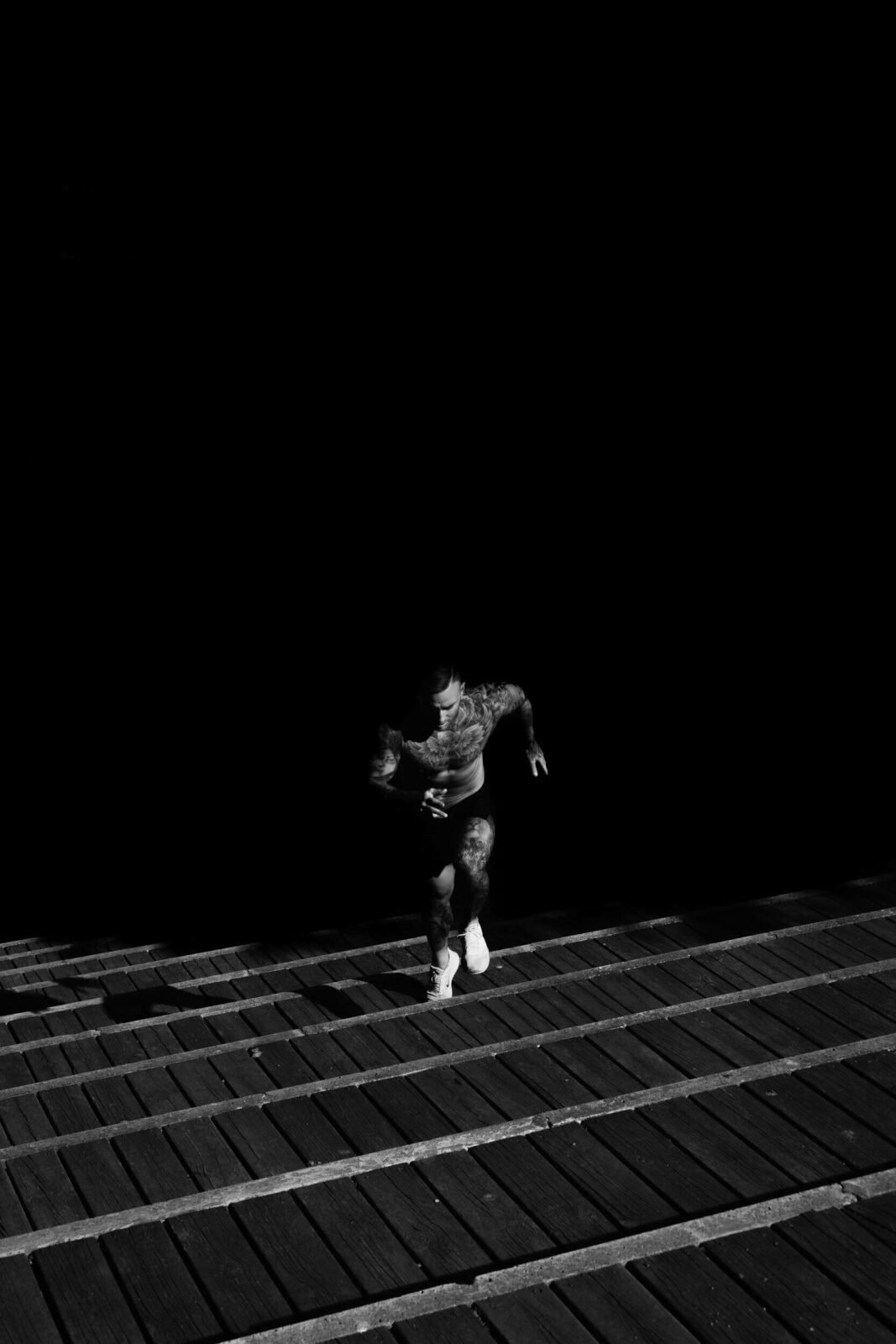BY CAT FITZGERALD, PT & DPT.
In a year full of canceled races, virtual challenges, and limited gym access, running looks different for a lot of people. Many are left without purpose or direction for their running. Some had never ventured outside for runs before! As a result, we’ve seen a pattern of similar training errors this year.
A Lack of Periodization
Without a race deadline, many runners lost structure in their training. I typically am a huge fan of unstructured running, normally in the off-season, but this year “unstructured” took on a different meaning. Initially, a lot of runners decided to stick with whatever training plan they were following in the spring. This worked, but the problems started to crop up when “race day” came and went. The volume and intensity of training continued.
Many runners found themselves continuing high mileage with a long run and two quality workouts a week for months after their originally scheduled race day had passed. This is a recipe for two problems: 1) injury and 2) plateauing in performance. The injury risk is obvious, as the increased load on a runner’s body continued well past the planned time frame. The plateau in performance snuck up in the form of burnout, workouts without direction, no fluctuation in mileage, and a lack of downtime (taper weeks, recovery weeks, rest weeks).
The lesson learned for a lot of runners was to remember that they still need cycles of training throughout the year. Peak weeks and recovery weeks are equally important in both preventing injury and improving performance.
Living in the Grey Zone
I can’t put my finger on the reason for this one, but it came up a lot and in different scenarios. A lot of runners, from novices to elite, found themselves increasing the pace on their easy runs. For some it seemed like a coping mechanism–it felt good just to move faster. For others, life slowed down a lot and they found themselves waking up feeling more energized.
Regardless of the reason, it became a problem over the long haul. It’s the same lesson runners have to repeatedly learn: slow down on the easy days to get the most out of the quality days. After a month or two of this trend, runners found themselves consistently missing paces in quality workouts that they used to hit.
Initially, it made sense to me. If you’re doing less in your day-to-day life and sleeping more, of course, you’re going to have more energy for your runs, so why not pick up the pace on the easy days? The issue was that the pace was often a big jump, and more of a result of “recalibration” for runners in their new, quieter lifestyles.
Old Shoes
“I have no races, my motivation has dropped, and I am running less consistently… do I really need new shoes?” This was a common question throughout this year. Unfortunately for our wallets, the answer is yes. The materials in shoes, just like rubber tires on a car, wear out over time regardless of use. The less efficient your running mechanics, the more this becomes a risk factor for injury.
For the runners that didn’t fall victim to a lack of periodization or living in the grey zone, this was the biggest error. I can confidently say that this year I’ve seen more lower leg and foot injuries than any previous year at Custom Performance. (This is not just a result of running in old shoes… but it certainly is a factor.)
Now keep in mind, when I talk about the “top training errors of the year”, I am assuming the runner’s goals are to avoid injury and improve performance. But this was a weird year, to say the least. A lot of runners leaned into our sport to find normalcy and joy during hard times. And if that meant picking up the pace on easy runs, it might just have been worth it. The key is to take this knowledge forward with you so that it’s there when you need it.

